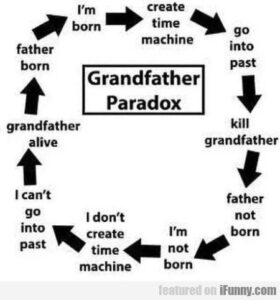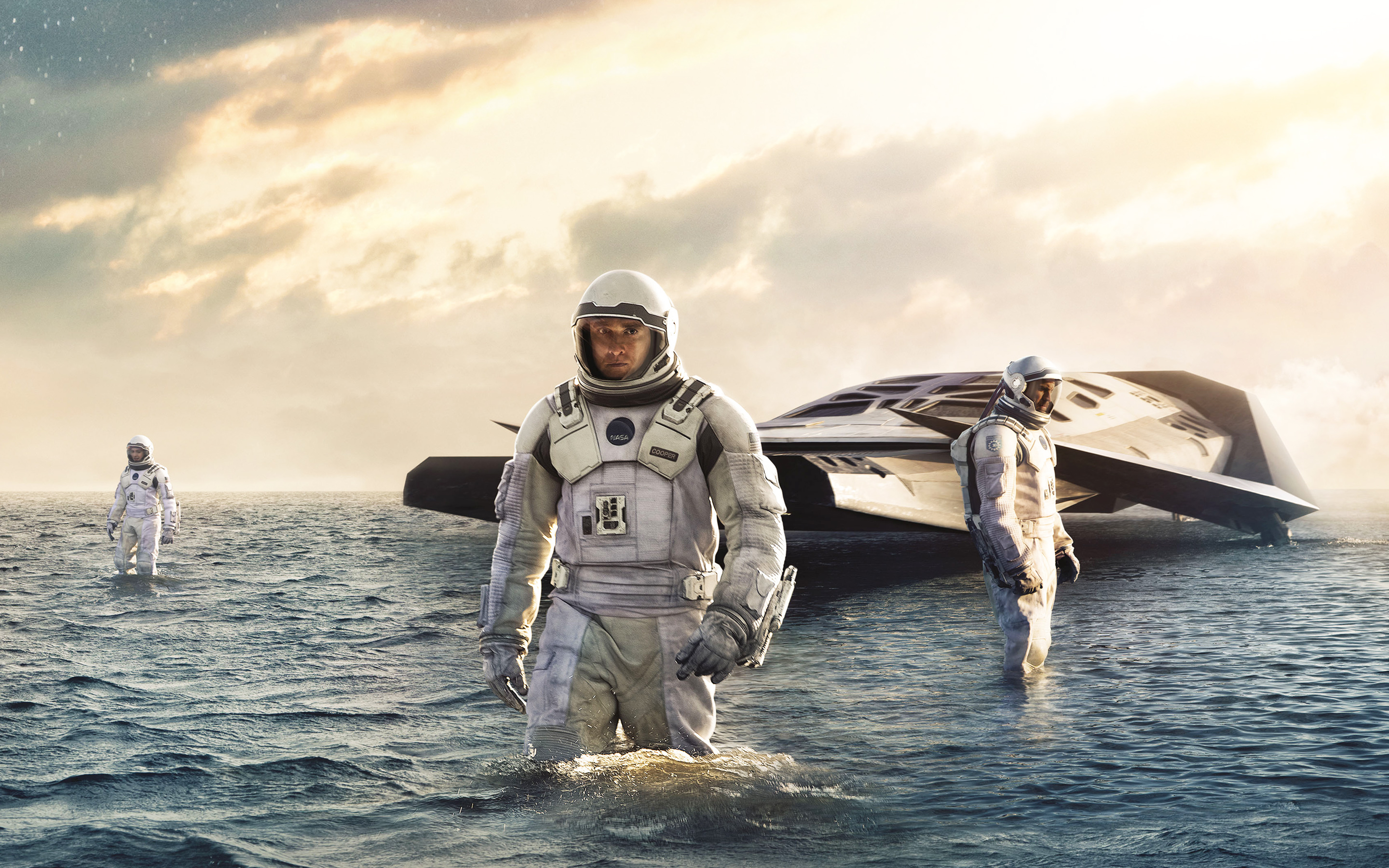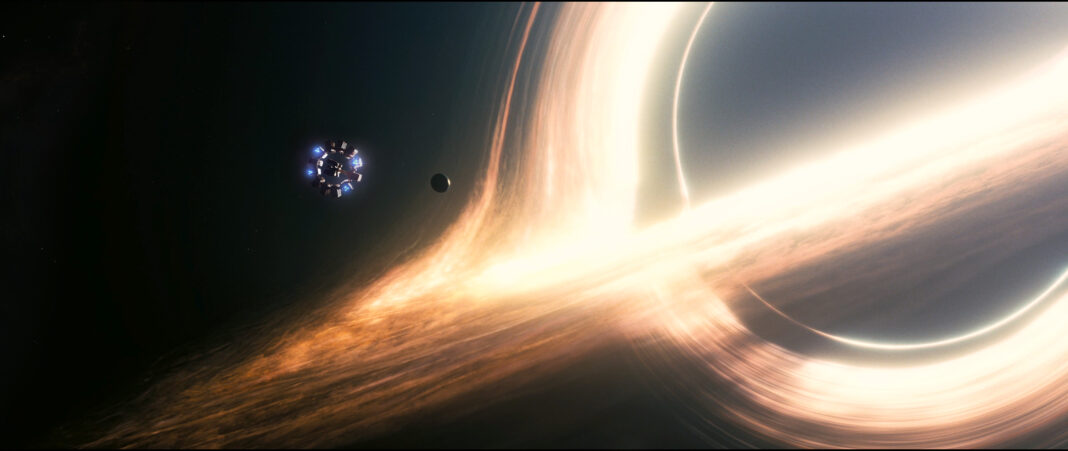Imagine being able to travel through time, visit different eras, and experience history firsthand. While this idea might seem like the stuff of science fiction, it’s a topic of ongoing debate and research in the scientific community. Time travel can be broadly classified into two types: forward and backward.
Forward Time Travel: It is a concept supported by Einstein’s theory of relativity (1), which refers to time as a relative concept that can vary depending on the speed at which an object moves and the strength of the gravitational field it is in. For instance, astronauts on the International Space Station experience time slightly slower than people on Earth due to their high velocity and lower gravity. If we could develop spacecraft capable of traveling at speeds close to the speed of light, astronauts could travel vast distances in space while only aging a few years.
Backward Time Travel: Traveling into the past is more speculative. It raises numerous paradoxes and logical inconsistencies that challenge our understanding of causality and the fabric of spacetime.
Time Travel Paradoxes
One of the most famous time travel paradoxes is the Grandfather Paradox. This involves a time traveler going back in time and killing their grandfather before he had children. If this were to happen, the time traveler’s parent would never have been born, and consequently, the time traveler would not have been born. If the time traveler were never born, who killed the grandfather? This creates a logical inconsistency that seems impossible to resolve.
One more is The Bootstrap Paradox (2) which involves an object or piece of information being sent back in time and becoming the cause of its existence in the present. For example, a time traveler could go back in time and give Shakespeare a copy of his own works, which Shakespeare then published as his own. This raises the question of where the original works came from, as they have no clear origin. We have many more paradoxes, like the predestination paradox.

Scientific Possibilities
Some scientists believe that time travel could be possible in the future by manipulating spacetime, such as in black holes and wormholes. Wormholes are hypothetical tunnels in spacetime that could connect distant points in space and time. They are solutions to Einstein’s field equations in general relativity and could theoretically allow for time travel.
However, the existence of wormholes raises significant challenges to overcome like keeping a wormhole open would require a form of exotic matter with negative energy density, which has not yet been discovered or created.
Black holes (3) are regions of spacetime with extremely strong gravitational fields. The intense gravity of a black hole can cause significant time dilation, potentially allowing for forward time travel. However, traveling close to a black hole poses extreme dangers including the risk of being torn apart by tidal forces. Some theories suggest that rotating black holes known as Kerr black holes, could allow for backward time travel through their event horizons.
However, this idea remains fraught with potential paradoxes and inconsistencies. The Tipler Cylinder and the Alcubierre Drive also involve the warping of space-time fabric by achieving speed faster than the speed of light allowing their spacecraft to travel long distances in a very short time. Though they are hypothetical.
Time Travel in Science Fiction
One of the earliest works of time travel fiction is by H.G. Wells, “The Time Machine,” published in 1895. The Time Traveler explains that time is a fourth dimension similar to the three spatial dimensions, and just as we can move through space, we can theoretically move through time.
This idea was inspired by developments in physics, particularly the concept of spacetime, which would later be developed in Einstein’s theory of relativity. Although Wells did not provide a detailed scientific explanation his innovation paved the way for future exploration of time travel in science fiction.

The “Back to the Future” series, directed by Robert Zemeckis, explains time travel using a fictional device: the DeLorean car modified with a flux capacitor. The series leverages a simplified concept of Einstein’s theory of relativity, suggesting that traveling at 88 miles per hour with the flux capacitor engaged allows the car to enter a temporal displacement field, effectively enabling time travel.
The physics behind this is purely fictional, with the flux capacitor serving as a pseudo-scientific device that can manipulate time. However, the movies touch on real scientific ideas, such as the potential effects of altering the timeline (the “butterfly effect”) and the existence of multiple timelines or parallel universes, making it a thought-provoking exploration of time travel within popular culture.
In Christopher Nolan’s film “Interstellar,” (4) time travel is explored through Einstein’s theory of relativity and the concept of time dilation. The movie depicts astronauts traveling near a supermassive black hole named Gargantua, where the immense gravitational forces cause time to pass differently for those near the black hole compared to those farther away. This phenomenon known as gravitational time dilation, results in the astronauts experiencing time much slower, making a few hours on the planet equivalent to many years on Earth.
Additionally, “Interstellar” delves into the concept of a five-dimensional tesseract, which allows the protagonist to interact with different points in time and space, hinting at the possibility of communication across time and even potential time travel. The film combines speculative elements with real scientific principles, offering a compelling and visually stunning exploration of time travel possibilities.
Time travel remains a tantalizing idea, inspiring countless stories and scientific investigations. Whether through the pages of a novel, the screen of a movie, or the equations of theoretical physics, the dream of traveling through time continues to inspire and challenge our perception of reality.
References:
(1). (n.d.). Retrieved from space.com: https://www.space.com/17661-theory-general-relativity.html
(2). (n.d.). Retrieved from byjus.com: https://byjus.com/physics/grandfather-paradox/
(3). (n.d.). Retrieved from NASA.gov: https://science.nasa.gov/universe/black-holes/
(4). (n.d.). Retrieved from studio binder: https://www.studiobinder.com/blog/interstellar-explained-meaning-plot-summary/
More by this author: Journey through Time and Space—The Revolutionary Role of Telescopes in Astronomy

Bisma Ishaq is an undergraduate student in physics at Government College University Lahore. Her interests lie in the theoretical aspects of Astronomy, specifically in “Multimessenger Astronomy.” She has demonstrated at outreach events organized by the Khawarizmi Science Society and the Lahore Astronomical Society. Bisma has participated in an Astronomy camp conducted by the Center of Astrophysics and Space Science at New York University. She serves as the Senior Vice President of the Astronomy Society GCU.

